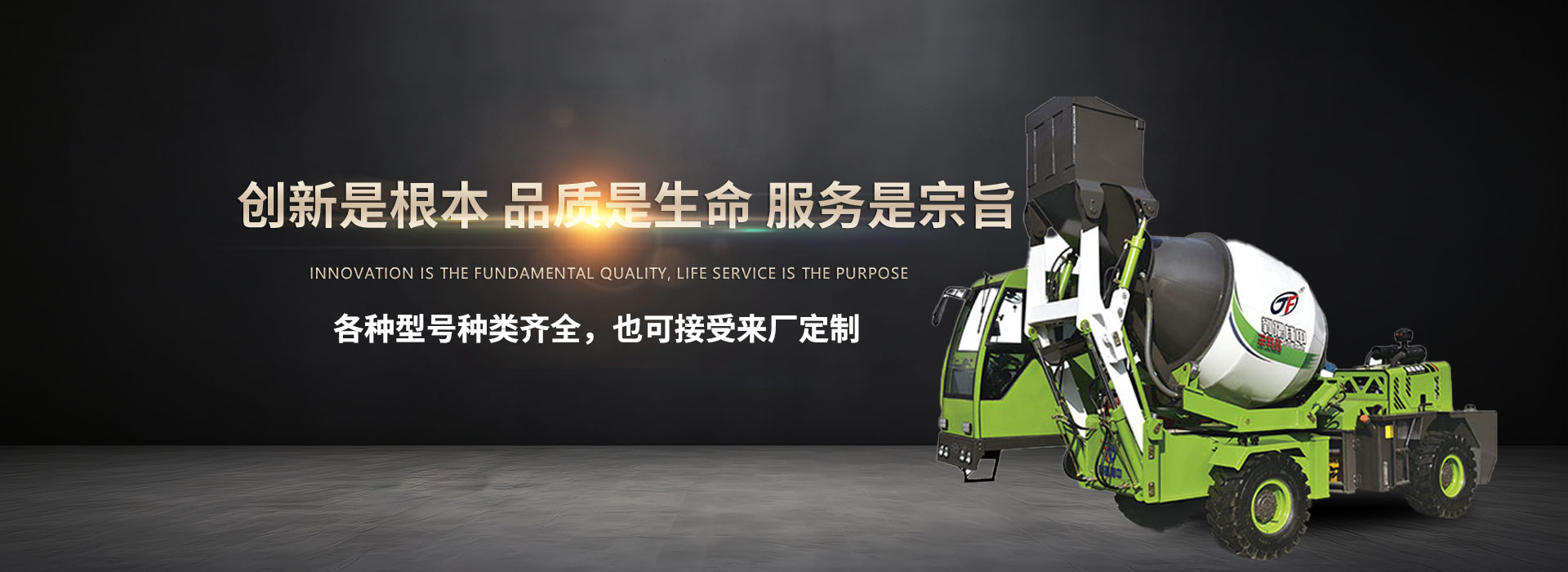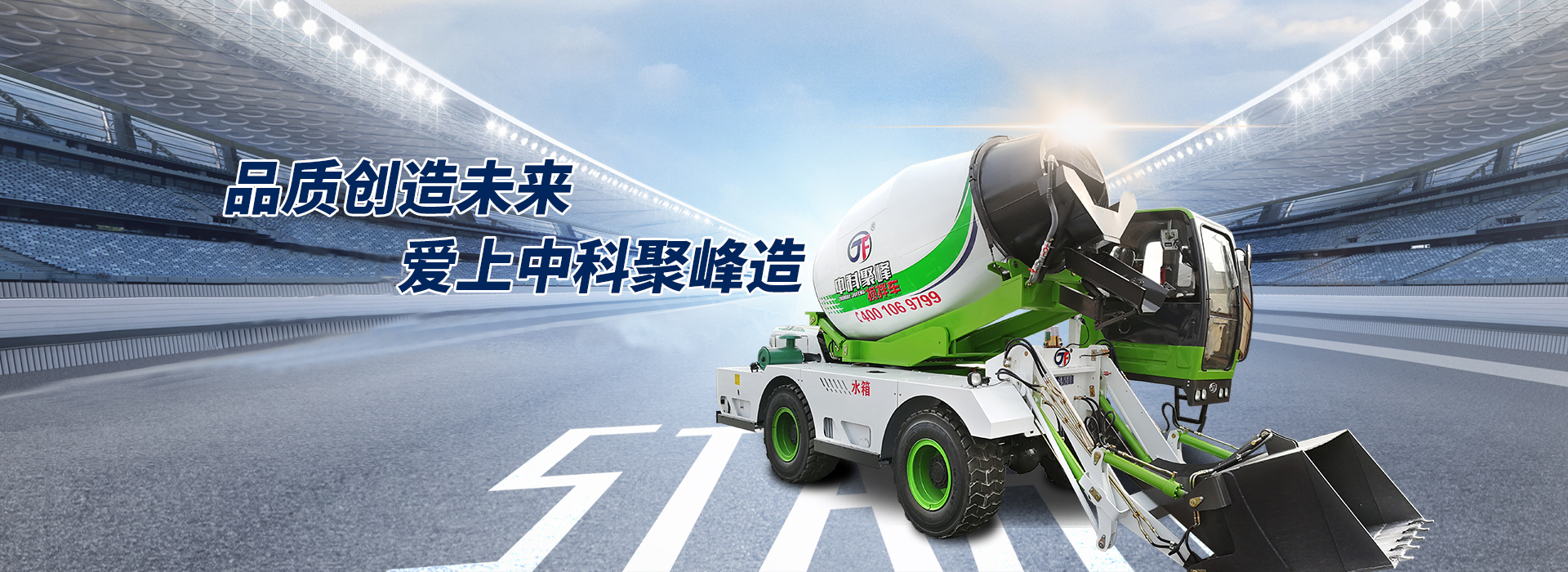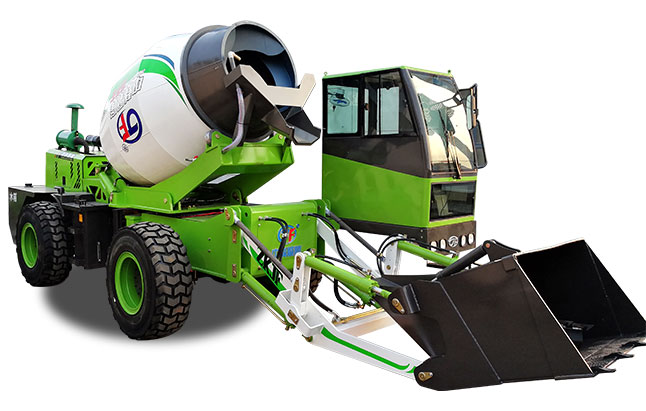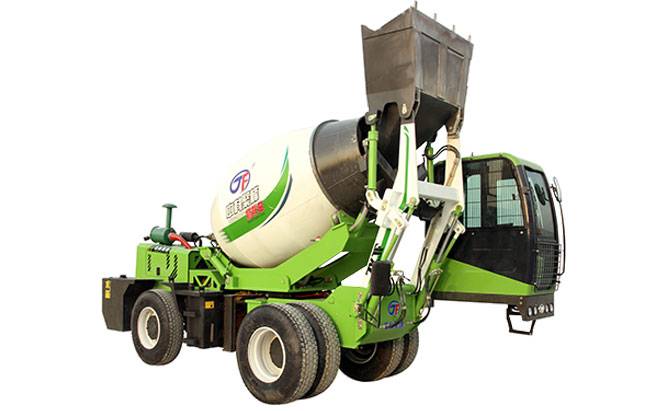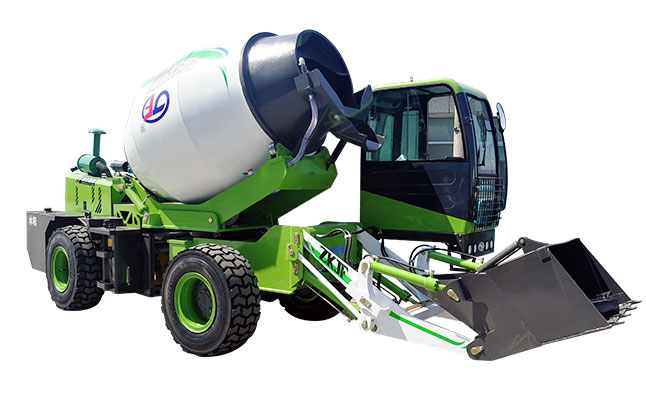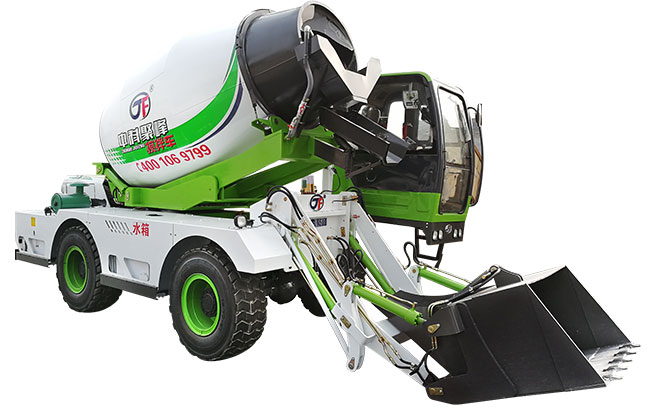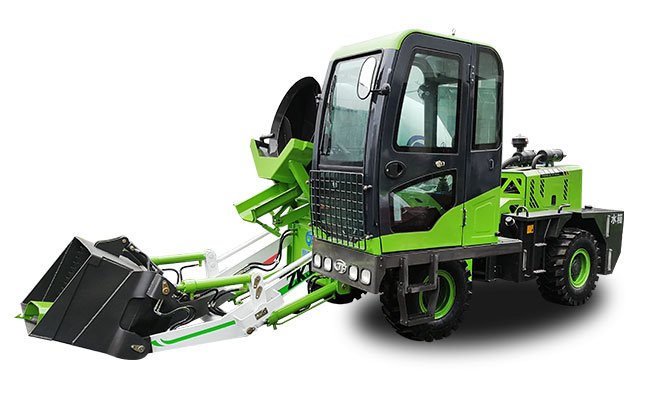混凝土拌制强度与搅拌车有关吗?
一、试件形状尺寸加气混凝土
1、 Shape and size of specimen aerated concrete
自上料搅拌车,测定混凝土立方体试件抗压强度,也可以按粗骨料大粒径的尺寸而选用不同试件的尺寸。但是试件尺寸不同、形状不同,会影响试件的抗压强度测定结果。因为混凝土试件在压力机上受压时,在沿加荷方向发[本文先发在矿山机械/=百///科/=网]生纵向变形的同时,也按泊松比效应产生横向膨胀。而钢制压板的横向膨胀较混凝土小,因而在压板与混凝土试件受压面形成磨擦力,对试件的横向膨胀起着约束作用,这种约束作用称为"环箍效应"。
From the loading mixer, the compressive strength of concrete cube specimens can be measured, and different specimen sizes can also be selected according to the large particle size of coarse aggregate. However, different specimen sizes and shapes will affect the determination results of compressive strength. Because when the concrete specimen is pressed on the press, while the longitudinal deformation occurs along the loading direction [this paper first occurs in mining machinery / = Bai / / Ke / = net], the transverse expansion also occurs according to the Poisson's ratio effect. The transverse expansion of the steel plate is smaller than that of the concrete, so the friction force is formed on the compression surface of the plate and the concrete specimen, which restricts the transverse expansion of the specimen, which is called "hoop effect".
"环箍效应"对混凝土抗压强度有提高作用。自上料搅拌车,离压板越远,"环箍效应"小,在距离试件受压面约0.866α(α为试件边长)范围外这种效应消失。
"Hoop effect" can improve the compressive strength of concrete. From the loading mixer, the farther away from the pressing plate, the "hoop effect" is small, about 0.866 from the compression surface of the test piece α ( α This effect disappears outside the range of specimen side length).
混凝土受压破坏在进行强度试验时,试件尺寸越大,测得的强度值越低。
In the strength test of concrete compression failure, the larger the specimen size is, the lower the measured strength value is.
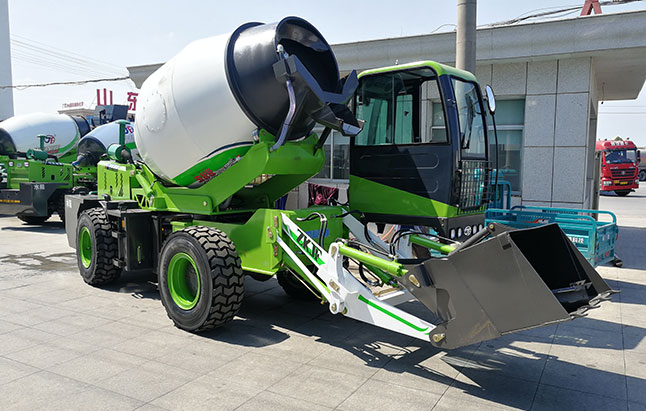

原因分析:
Cause analysis:
1、"环箍效应";
1. "Hoop effect";
2、由于大试件内存在的孔隙、裂缝和局部较差等缺陷的机率大,从而降低了材料的强度。标准GBJ107-87《混凝土强度检验评定标准》规定边长为150mm的立方体试件为标准试件。自上料搅拌车,当采用非标准尺寸试件时,应将其抗压强度折算为标准试件抗压强度。折算系数需按以下的规定。
2. Due to the high probability of pores, cracks and local defects in large specimens, the strength of the material is reduced. The national standard GBJ107-87 standard for inspection and evaluation of concrete strength stipulates that the cube specimen with side length of 150mm is the standard specimen. When non-standard size specimens are used for self loading mixer, their compressive strength shall be converted into the compressive strength of standard specimens. The conversion coefficient shall be in accordance with the following provisions.
3、混凝土抗压强度试块允许小尺寸表骨料大颗粒直径(mm)换算系数试块尺寸(mm)31.50.95100×100×100(非标准试块)401.00150×150×150(标准试块)601.05200×200×200(非标准试块)
3. Allowable small size of concrete compressive strength test block table aggregate large particle diameter (mm) conversion coefficient test block size (mm) 31.50.95100 × one hundred × 100 (non-standard test block) 401.00150 × one hundred and fifty × 150 (standard test block) 601.05200 × two hundred × 200 (non-standard test block)
二、表面状态加气混凝土
2、 Surface condition aerated concrete
自上料搅拌车,当混凝土受压面非常光滑时(如有油脂),由于压板与试件表面的磨擦力减小,使环箍效应减小,试件将出现垂直裂纹而破坏,测得的混凝土强度值较低。
From the loading mixer, when the concrete compression surface is very smooth (if there is grease), the hoop effect will be reduced due to the reduction of the friction force between the pressing plate and the surface of the specimen, the specimen will be damaged by vertical cracks, and the measured concrete strength value is low.
三、含水程度混凝土试件含水率越高,其强度越低。
3、 The higher the moisture content of concrete specimen, the lower its strength.
四、加荷速度
4、 Loading speed
自上料搅拌车,在进行加气混凝土试件抗压试验时,加荷速度过快,材料裂纹扩展的速度慢于荷载增加速度,故测得的强度值偏高。在进行混凝土立方体抗压强度试验时,应按规定的加荷速度进行。综上所述,通过对混凝土强度影响因素的分析,提高混凝土强度的措施有:采用强度等级高的水泥;采用低水灰比;采用有害杂质少、级配良好、颗粒适当的骨料和合理的砂率;采用合理的机械搅拌、振捣工艺;保持合理的养护温度和一定的湿度,可能的情况下采用湿热养护;掺入合适的混凝土外加剂和掺合料。
During the compression test of aerated concrete specimen by self loading mixer, the loading speed is too fast, and the crack propagation speed of material is slower than the load increase speed, so the measured strength value is high. During the concrete cube compressive strength test, it shall be carried out according to the specified loading speed. To sum up, through the analysis of the influencing factors of concrete strength, the measures to improve concrete strength include: using cement with high strength grade; Adopt low water cement ratio; Adopt aggregates with less harmful impurities, good grading, appropriate particles and reasonable sand ratio; Adopt reasonable mechanical mixing and vibration technology; Maintain reasonable curing temperature and certain humidity, and adopt damp heat curing when possible; Add appropriate concrete admixtures and admixtures.
下一篇:动式搅拌车的液压油的一些问题上一篇:混凝土搅拌制从未如此简单!


